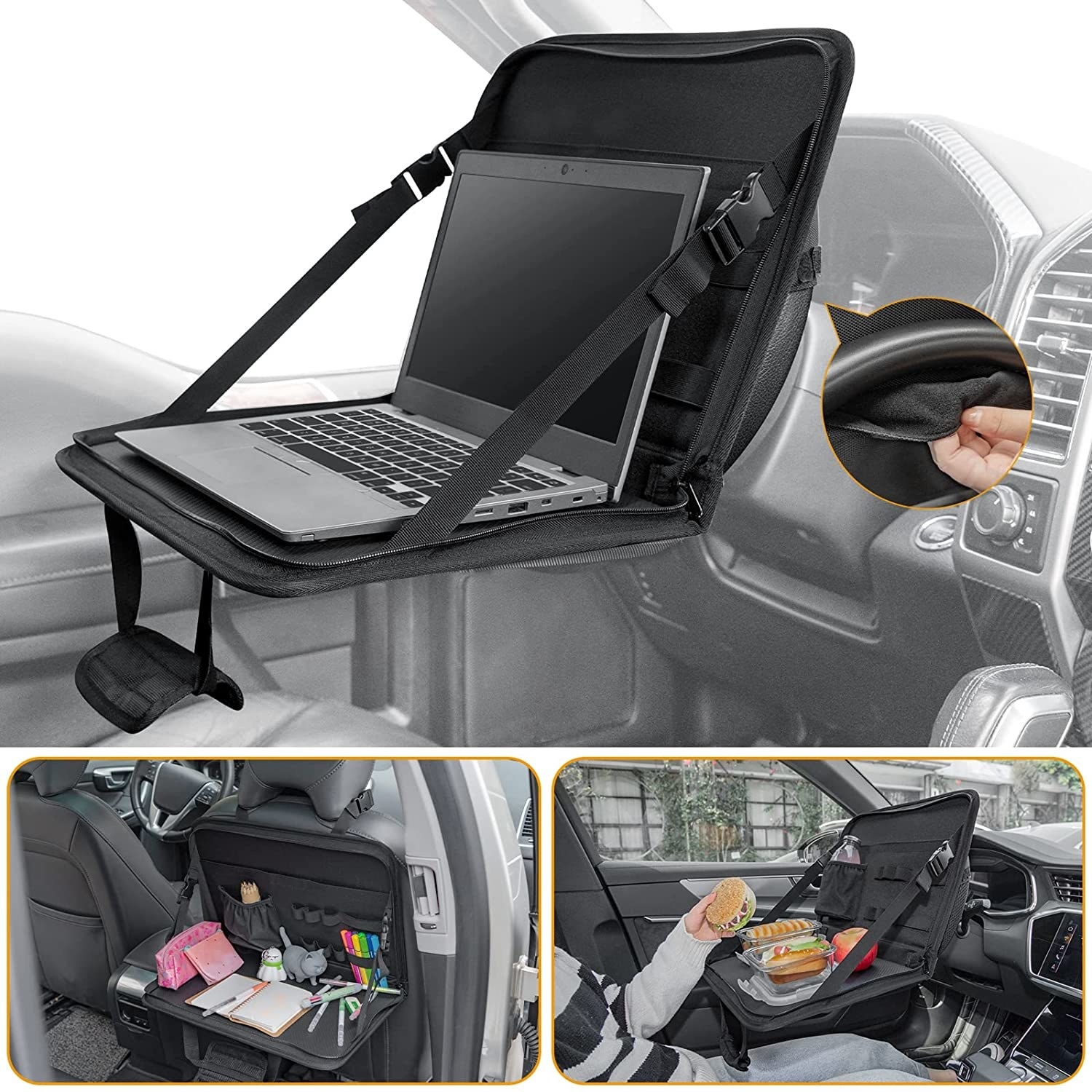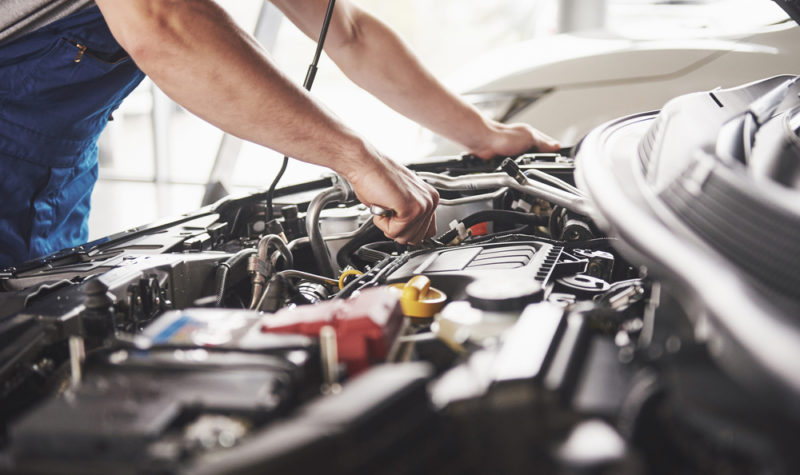
Consumer reports often have the best ratings for cars. Ratings systems are difficult to trust, as nearly all cars receive a four-star or five star rating. It's frustrating because it leaves car shoppers dissatisfied and frustrated. Here are some car ratings to keep in mind. Safety is the first. The second one is about comfort. The ratings for cars are also confusing, since they use a different system than other reviews.
NHTSA
When researching new cars, it is important to know the NHTSA ratings for cars. This agency awards vehicles a star rating depending on how they protect you in a collision. The agency rates cars from one star up to five stars and most receive at least three stars. But a rating of 4 stars does not automatically mean that a car is safer. It is also important to remember that the rating scale compares cars of similar weights so a 4-star vehicle won't necessarily be as safe a full-size SUV.

NHTSA uses a crash test to simulate an actual collision between cars and other objects. While this might seem like a good way to compare cars, it isn't accurate. A car that has four stars in head protection and five stars in overall safety is likely to be safer than any other cars. NHTSA admits that it is hard to compare safety between a sedan and a coupe or an SUV.
Euro NCAP
The most recognized safety performance measures for cars are the Euro NCAP ratings. These ratings are done by a Belgian voluntary organization. The program was launched in 1996. It first published its results in February 1997. The ratings for each vehicle are based on a safety test and include the overall score, safety features, and driver's reaction time. The following are the top 10 vehicles rated by Euro NCAP.
Euro NCAP safety rating does not just include crash test results. It also evaluates the driver's assist systems. The system must perform well in two areas: Safety Backup and Assistance Competence. The former measures a safety tech's ability not to cause an accident or disengage in hazardous situations. Another important safety feature is adaptive cruise control. This feature adjusts the car’s speed to maintain a safe distance. Another test that checks whether the steering support helps to keep a car in the middle is the steering support.
IIHS
The IIHS is a third-party agency which issues safety ratings for automobiles. It awards the top safety picks for each model year and segment of the market. The institute does not test every model every year, however. To ensure that every vehicle receives an adequate safety rating, it collaborates with automakers in a process known as verification. The new guidelines will be updated to reflect current road-user dangers. These ratings are based on several test indicators.

In January 1995, the Institute introduced a moderate overlap test, which differs from the government's New Car Assessment Program. This test exposes 40% (or 64 km/h) of a vehicle's front end to collision at 40 mph. In addition, the agency has begun to test other vehicles, such as minicars, small SUVs, and large pickup trucks. In 2017, the Institute introduced a small overlap on the passenger side.
FAQ
Is being an auto mechanic a promising career choice?
If you are determined to excel, the automotive industry offers many opportunities. It is important to work hard and learn as much from others as you can in order to succeed in this industry.
Excellent communication skills are essential as you will spend most of the time speaking to customers or other employees. You will need to be able and willing travel for work, making it more difficult to commute.
Consider taking classes at local universities or community colleges if your goal is to pursue a career in the automotive industry. Many schools offer programs specific to students interested in sales, auto repair, or customer service.
If you decide to pursue a degree, you should study mechanical engineering. It's possible to get a bachelor's degree in just four years.
Many employers will hire graduates straight out from school. So it's wise to start looking for employment while you still have the chance to study part-time.
After you have completed your education, you will likely need some training to be able to work as an automotive technician.
This means that you will need to pass tests such as the Automotive Excellence (ASE) certification exam. This test covers topics such engine maintenance as brakes, steering, suspension, etc.
After passing the ASE exam, you can apply for a National Institute for Automotive Service Excellence license.
A license allows you to perform repairs on vehicles owned by private individuals. You'll get compensation based on the amount of services you perform.
It is important to remember that not all states require licensing. However, licensing is required for anyone who plans to work outside the home state.
Some states will not issue licenses until an individual has completed certain training. If you are one of these people, you might need to look for another alternative.
Is it worth being a mechanic.
This question is dependent on your life goals. If you are looking to make money, then yes. But if meaning and purpose is what you seek, then no.
It's not worth learning mechanics if you don’t have the skills. You'll waste your time. It's not going make you millionaire. It's unlikely that you will be famous. It is unlikely that your life will change.
You'd have to spend years learning how things work. This would mean that you would have to pay someone else for your car's repair. This is why most people don’t bother. They find something better to do instead.
Summarising, if your goal is to make lots of money, go for it. If you are looking for a fulfilling life, however, then stay clear of the mechanics' industry.
Is it hard to get work as an auto mechanic?
Yes, it is possible. Garages often advertise their jobs online and people just apply because it seems fun. Try applying to a few jobs and seeing if the garages accept student applications. Ask your friends and family to recommend anyone in the field. They may be happy and willing to recommend someone.
What is the average time it takes to become a mechanic?
It takes years of practice and experience to become an expert mechanic. A professional mechanic will teach you how to fix cars.
You will spend time in a workshop learning everything you can about cars. Mechanical engineering books will be required to learn about mechanics and design.
Furthermore, you'll need to enroll in auto school.
It's crucial to start as soon as possible. To learn about automotive technology, don't wait to be older. Do you want to be a mechanic? Get started today!
What length of an automotive course is it?
An automotive course lasts for three years.
The first year is dedicated to theory and learning about cars. The second year will be spent in practical training. Here you will learn how fix engines, drive and other mechanic jobs. The last year is spent at a local shop, where you will get practical experience with real-world problems.
What does it matter which college I attend?
Not really. There's no difference between colleges regarding getting into the automotive industry. Some schools have better programs than others, so you might want to look elsewhere if your goal is something more specialized.
How do I prepare to be a mechanic apprentice?
It is vital to be able to comprehend what you are doing. Understanding the mechanics and working of cars is essential. This will help you to plan your first day in the garage.
You also need to know how to fix simple problems such as broken lights, tires, etc.
These lessons will help you to identify and fix problems.
Also, it is important to know how parts fit together so that you can put them back together.
Finally, it is important to know how tools can be used safely and efficiently.
These things will enable you to be a competent mechanic.
Statistics
- There were 749,900 jobs available for automotive service technicians and mechanics in 2016, which is expected to grow by six percent through 2026. (jobhero.com)
- 52% of Mechanics in the United States think their salaries are enough for the cost of living in their area. (indeed.com)
- The U.S. Bureau of Labor Statistics (BLS) reports that the job outlook for automotive service technicians and mechanics is expected to decline by 4% from 2019 to 2029. (indeed.com)
External Links
How To
How to diagnose your vehicle properly for repair
You should first examine the symptoms your car is showing to determine if it requires repairs. You can then follow these steps for a proper diagnosis of your vehicle.
-
Check engine lights. The dashboard light indicators, including the engine light, oil pressure gauge, battery light indicator, coolant temperature gauge and RPM gauge, should be checked. If they have been flashing for more days than usual, it could be a sign that something is wrong with the vehicle.
-
Take a look at the treads. Tires with worn treads could cause problems when handling or braking. The treads of the wheels should be inspected as well. They should be clean, and they should be smooth. You can do this by taking off the wheels. You can check the tread wear with a flashlight.
-
Observe the brake fluid level. You must keep track on the level of brake fluid in your vehicle. This helps ensure that your brakes operate properly. Low brake fluid levels can cause brake failure when you apply pressure.
-
You should test the suspension system. It is common for vehicles to have a suspension system which absorbs shocks or vibrations. It provides better control and allows smoother acceleration and deceleration. If your vehicle has a suspension problem, it might feel wobbly or shake uncontrollably. If you are unsure if your vehicle is suffering from a suspension problem, put weight on the front and rear axles to check the movement.
-
Examine your steering column. Steering columns connect the steering wheels to other parts of the vehicle. Sometimes, steering columns are damaged by accidents. It is recommended to replace any steering column that feels loose, or shakey.
-
Pay close attention to the exhaust tube. Exhaust pipes help move gases from the combustion chamber to the atmosphere. Your cabin will be effected if your exhaust pipe cracks or leaks. Also, if your tailpipe is bent, you should fix it immediately.
-
Check under the hood. Check under your hood for any unusual or missing components. There could be fluid leaking from your engine. You should also contact a professional technician if there is an unusual odor coming from the engine compartment.
-
You should inspect your air filter. The vehicle's outside environment may cause the air filter to collect dust and debris. Vehicles that have a dirty air filter will not run well. Replace your air filter regularly.
-
Verify the fan belt. The fan belt is the link between the engine and the transmission. If it breaks, the engine won't turn over. It's easy to replace the belt. You only need a screwdriver or pliers to replace your belt.
-
The radiator hose and hoses should be checked. The radiatorhose carries water from your radiator to the engine. It can become cracked or damaged and leak hot liquid onto your engine. To repair the leaky hose, all you need is a pair if needle-nosepliers.
-
Be sure to inspect your windshield wipers. Windshield wipers work by using electricity to remove rain and snow. If they stop working, they could leave streaks on your window glass. You can fix the problem by changing the washer fluid.
-
Make sure you check the cables. The battery cables provide power for the electrical systems in your car. Always disconnect the negative wire before you replace batteries. Failure to do so can damage your alternator.
-
Be sure to check your headlights. Headlights are used to illuminate the road ahead. They can make it difficult to see if they stop working. To check if the bulbs have gone out, you can inspect them.
-
Be sure to check the lights. You can warn other drivers if you approach them at night. You could be distracted and cause an accident if one does not work.
-
Inspect your brakes. Before you have a collision, brakes slow down your car. You may lose control of your vehicle and crash if the brakes don't function properly.
-
Change your oil. Your engine will stay lubricated by the oil. It prevents metal parts from rusting too quickly. It is recommended to change the oil each month.